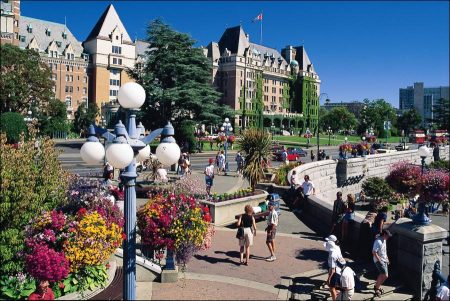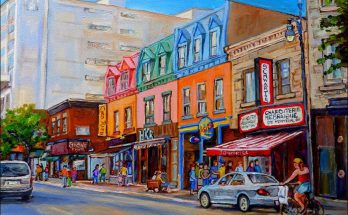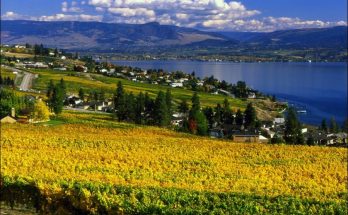Victoria, the capital of British Columbia, is the second largest city in the Southern Coastal Trench Region. It is situated at the southeastern extremity of Vancouver Island, 80 miles southwest of Vancouver.
The older part of the city lies along the edge of a sheltered cove; recent residential expansion has followed the low and rocky coastline. Local topography is diversified with many hills, small lakes, strips of level land and, most significantly, two deep harbours. Victoria Harbour, within the old part of the city, is the centre of port activities and Esquimalt Bay, to the west of the city, has a naval yard equipped with one of the largest dry docks in the world.
Because Victoria had a deep, ice-free harbour, a good fresh water supply, and potential agricultural land that was easy to clear, it was chosen for a Hudson’s Bay Company fur trading post in 1843. Fort Victoria remained a small town until 1858, when gold was discovered in the Cariboo. Since it was the only accessible, settled port, miners made the town their headquarters and, consequently, the population began to grow. Victoria remained the principal commercial town of the province until 1886; from that time it grew steadily, but could not match the rapid pace of Vancouver. In 2006 the population of the city was 78,659. (Metro 330,000)
Functions
Victoria is a port, but is more important as a political and tourist centre, and as a city of retired people. The metropolitan district, including Esquimalt and Oak Bay, has a population of about 330,000. It is a trading headquarters for that part of Vancouver Island south of Nanaimo. Agricultural, forestry, mining and fishing products from this area are shipped to Victoria. Fruit, fish, logs and wood pulp are the main exports.
Urban Landscapes
The commercial core of Victoria is located in the old Fort district and its margins. A small wholesale and industrial district is found to the immediate north, along the upper stretches of the harbour; the docks to the south, in the central harbour section; the parliament buildings to the southeast, overlooking the harbour. The remainder of the city is made up of residential districts, parks and military establishments.
Houses or apartments are not crowded, even in the poorest areas. The finest houses are situated in Uplands, an exclusive residential section overlooking the Gulf of Georgia. Other large homes are found mainly along the shoreline, where a magnificent view is unimpaired. Old English manors are situated in the Government House district. Beacon Hill is a splendid park near the downtown area. Small farms, found chiefly to the north, supply the city with dairy and vegetable products.
Although English culture has made an imprint on the landscape in the form of carefully managed gardens, narrow, winding streets, fine speciality shops and unmistakable house-types, Victoria is essentially a modern Canadian city which moves at a slightly slower pace than the average North American metropolis.
Views: 217



